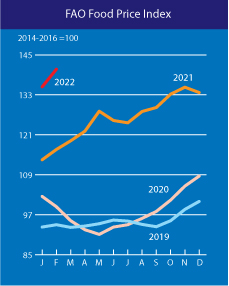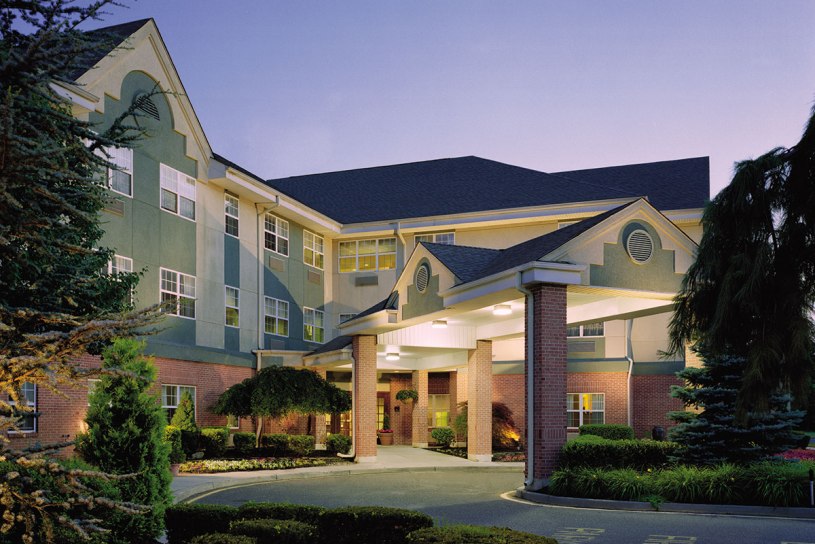3/24/22
Healthcare kitchens continue to have their own set of unique problems, as Covid and the war in Ukraine snarl up the food industry. Designated as essential, they cannot close and thus absolutely need a full labor force. Additionally, strict dietary and textural rules do not make it easy to change menus to cut costs, which makes them easy prey to the tight profit margins and inflation that dogs the rest of the food industry.

We highlighted the current labor problems faced by foodservice businesses in a previous article. If you haven’t read it yet, that’s okay, you can read it later. It basically sums up a report by the National Restaurant Association that says labor will be the chief problem facing food service in 2022. Not highlighted in that report, but nevertheless the case, is the fact that nursing home kitchen staff are required to be fully vaccinated and boosted. With many nursing home kitchens under-staffed by anywhere between 30% and 60%, that requirement is just one more hiring hurdle with which they have to contend. Among those that are working, attrition rates are high as many quit for pay reasons, over-work, or from the stress of working within constant Covid outbreaks.

Before the pandemic, 40lb. boxes of chicken breasts and thighs were selling for $30 and $25, respectively. Currently, a 40lb. box of thighs will run you around $75, while a 20lb. box of breasts, yes, 20lbs., not 40lbs., will cost you around $85. Restaurants have experienced the same runaway inflation, but they are able to more easily change menus when prices become too high. Not only that, but restaurants are able to maintain contracts with multiple vendors, which allows them to buy from the lowest bidder at any given time. Nursing home kitchens often only have a contract with one large distributor, like US Foods or Sysco, to cover all their needs, from paper to food. They lack the agility inherent in other sectors. They also must adhere to strict dietary and textural standards, which also places constraints on the ability to change menus quickly.
And finally, tight profit margins are just as prevalent in healthcare food service as they are in restaurants. Budgets are typically based on occupancy and only go so high as the occupancy limit. If occupancy goes down, so does your budget for the week. With many nursing homes operating at below-occupancy since the start of the pandemic, budgets have not kept pace with the increased cost of food.
Currently, many facilities are operating at 75% capacity. However, things may be looking brighter in the coming year. An article by skillednursingnews.com reported last month that, “more than half of nursing home industry leaders believe occupancy levels will improve in the next 12 months for both long-term and short-term care – 53.6% and 52.8%, respectively, according to the Skilled Nursing News 2022 outlook survey.” Foodservice Directors and Administrators all over the country are crossing their fingers that that is the case.

